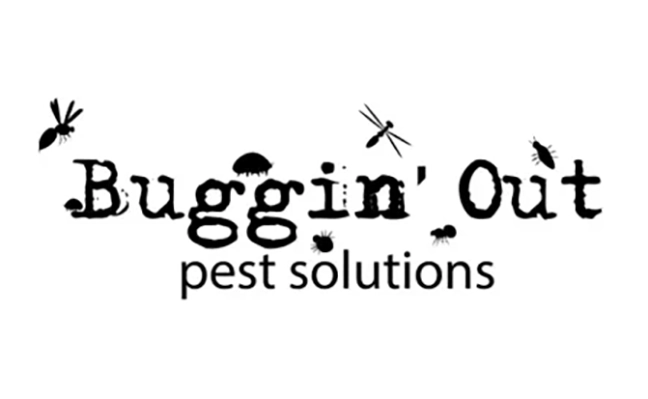
When I’m consulting with young entrepreneurs, they often ask, “What is the first thing I should focus on when establishing my business?”
That answer is pretty easy for me: You need to set up your corporation. Either hire a lawyer or a certified public accountant (CPA) and get them to set up the corporation for you. If you feel confident in setting up the S corporation or limited liability company (LLC) on your own, then I would advise you to hire a CPA next. After that, work on a logo, get business cards printed, hand out business cards to every real estate agent in a 45-mile radius around your home office, set up a website, join a networking group, hire an insurance agent and join your chamber of commerce.
These are the things I did my first week in business, but if I were starting over again today, I also would shout from the rooftops on every social media platform that I am in business.
Continuing the streak
The answer changes when you switch “establish” for “grow.” The process also becomes more complex.
How do you market your growing company? How can artificial intelligence (AI) help? Which pest control software should you buy? What are the best chemicals and products to use? What types of services
will you be offering? Who should be your first hire, a customer service representative or a technician? When is the right time to create training manuals, operation manuals, service agreements, quote sheets and pricing lists? How about continuing education? What manuals and books should you be reading (besides Pest Management Professional, of course)?

Travis Kjemperud (pronounced SHEM-pah-rude) is running into many of these issues. The owner of Buggin’ Out Pest Solutions has watched his company grow from $52,000 in 2022 to $170,000 in 2023 and $275,000 in 2024. He hired his first employee this year and expects to surpass $450,000 in 2025. But while he loves the steady growth, the 35-year-old is becoming acutely aware of the business-related things that he doesn’t know. I’ve been teaching him that growing a business comes in stages.
For Kjemperud, the first stage involved striking out on his own. Born and raised in Forest Grove, Ore., Kjemperud lived in a loving home with his mom and grandparents. He didn’t have any lofty goals beyond high school, so he worked at a burger joint for a few years and then manufactured solar panels for a few more. At 23, he joined a pest control company, power spraying the exterior of homes for $10 an hour.
Kjemperud was hooked on the new job, though, and quickly rose through the ranks. Eight years later, he was managing 20 techs — and working 70 to 80 hours per week. He decided it was time to venture out on his own. On April 15, 2022, Buggin’ Out Pest Solutions was born.
Building on success
In our initial interview, Kjemperud admitted disorganization was his biggest hurdle. He also explained he is sometimes afraid to pull the trigger on decisions. “I need guidance,” he told me. To work around this (very common) concern, we started our focus on three areas:
1. Service agreements (SAs) are a great tool to get your clients on the same page with your employees. Creating SAs sets the expectations for your clients; they have an idea of what they will be getting. They also hold your techs accountable. One of the first SAs Kjemperud created was for powderpost beetle jobs, which are a big pest in his part of the Beaver State.
2. Pricing lists keep all of your employees on the same page when handing out quotes. I like to adjust prices for general pest control based on the square footage, charging extra for every 1,000 square feet. Bed bugs, carpenter ants, spiders, mice and many other pests can be easily quoted by using the square footage of the home or based on the number of living spaces within the home. Mosquitoes and ticks can be priced according to acreage. Pricing lists should be updated monthly to keep pace with your growing company.
3. Personal goals are perhaps the most important for owners of growing pest management firms. You must have your personal life in order to keep your business life focused. Luckily, Kjemperud already is winning in that area with his wife, Jennifer, and 11-year-old son, Karson. His three-year personal goals are to pay off all his debts, buy a home and set up Karson’s college fund.
In the very near future, I want Kjemperud to focus on hiring practices and proper training. At my urging, he ordered copies of the Truman’s Guide to Scientific Pest Control, the Mallis Handbook of Pest Control and the National Pest Management Association (NPMA) Field Guide. He is using these great books to set up his training because a strong training program will give him and his future techs more poise, conviction and confidence.
Leave A Comment